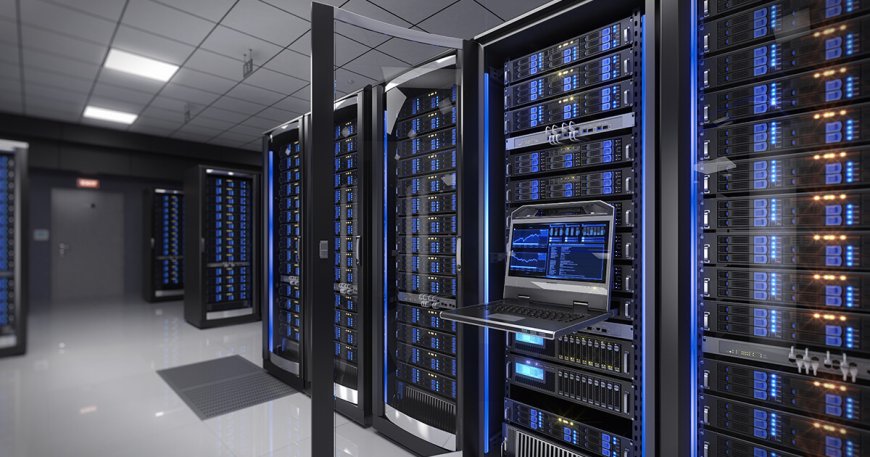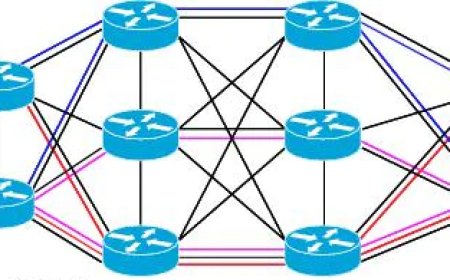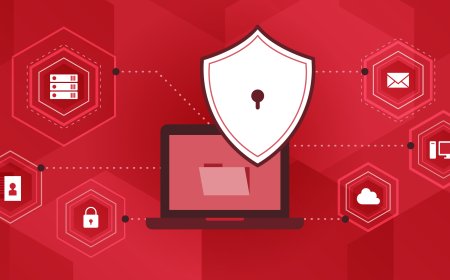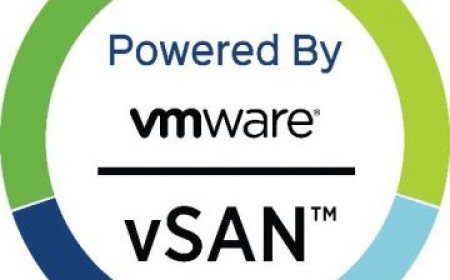Data Center Tiering Explained
Like a meticulously crafted cake, data centers boast distinct layers, each offering a unique blend of reliability, uptime, and security. These layers, known as tiers, play a crucial role in ensuring the well-being of your most vital information. Today, we embark on a comprehensive journey, delving into the history, standards, and practical implications of data center tiering.

From Humble Beginnings to Global Standards:
Data center tiering wasn't born overnight. The concept emerged in the 1990s with the Uptime Institute's Tier Standard Topology, marking a pivotal moment in data center evaluation. Their goal? To establish a standardized framework, ensuring transparency and consistency across facilities. The original model introduced four tiers, each progressively building upon the previous one's capabilities.
Identify the Tiers:
These tiers are defined by stringent criteria spanning four key areas:
- Power: Redundancy in power systems, backup generators, and UPSs form the foundation of reliable uptime.
- Cooling: Multiple cooling systems and diverse airflow paths guarantee optimal temperature control, preventing equipment meltdowns.
- Distribution: Redundant network components and multiple data transmission pathways minimize single points of failure.
- Maintainability: The ability to perform maintenance and upgrades without service interruption is a hallmark of Tier III and IV data centers.
The Gospel of Standardization:
The Uptime Institute's Tier Standard Topology document serves as the cornerstone, outlining the specific requirements for each tier. This detailed document delves into various aspects, including:
- Number and redundancy of power and cooling systems
- Mean Time Between Failures (MTBF) and Mean Time To Repair (MTTR) targets
- Physical security measures
- Management and operational procedures
Beyond Uptime: Exploring the Broader Landscape:
While the Uptime Institute's standard holds significant weight, it's not the only player in the game. Other entities also contribute to data center design and operational standards, such as:
- ANSI/TIA-942: Provides design recommendations for telecommunications infrastructure, including data centers.
- ISO/IEC 27001: Focuses on information security management, applicable to data center operations as well.
- The Open-A (The Openness Architecture Collaborative): Offers open-source data center design guidelines.
Choosing The Tier Wisely:
Selecting the right tier requires a keen understanding of your specific needs. Consider these crucial factors:
- Data criticality: How crucial is constant uptime for your operations?
- Compliance regulations: Does your industry have specific data center requirements?
- Disaster recovery needs: How quickly do you need to recover from an outage?
- Budgetary constraints: Higher tiers come at a premium.
Remember, tiers are just one piece of the puzzle. Additional factors like location, security certifications, and service provider reputation also play a significant role.
What's Your Reaction?

























